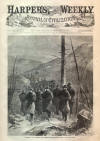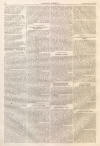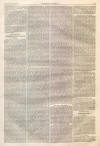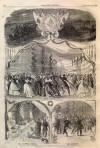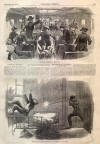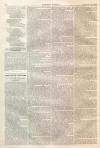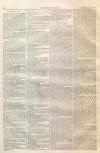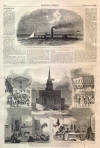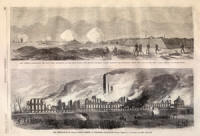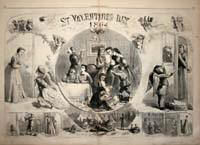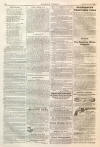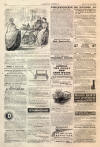Columbia, South Carolina
|
|
This Site:
|
HARPER'S WEEKLY. [FEBRUARY 20, 1864. 124 THE NEW REBEL RAM AT MOBILE.—[FROM A SKETCH BY AN OFFICER ON BLOCKADE DUTY.]THE NEW REBEL RAM.ON this page we print a sketch representing the rebel Ram at Mobile. The object of this Ram is the same intended to have been accomplished by the famous Manassas against our fleet off New Orleans in October, 1861, viz., the annoyance of our blockading vessels. The Richmond, which survived the attack of the Manassas without any serious damage, is now off Mobile, and probably has no fears of annihilation from this new monster. The Ram. is turned by means of a jib, and the picture represents her as seen from a point near Sand Island. COLUMBIA, S. C.WE publish below some sketches illustrative of Columbia, the capital of South Carolina, and of the Richland Jail, in which are confined Union prisoners captured in the vicinity of Charleston. One of these sketches, entitled CITY HALL, is a view from the east windows of the prison. Above the building floats the Confederate flag. In the balcony about the tower a watchman paces his round at night, calling aloud the quarter hours; and in the fore-ground of the sketch is the high board-fence of the jail-yard. Another sketch represents a rear view of the prison itself, and a Sabbath Service held in the Yard. The building is of small stone, or brick, marked to imitate large stone blocks. On the first, or ground floor, are confined the Union officers; those of the army in two rooms nearest the front, on the left of the building, as shown in the sketch; those of the navy in one large room on the right. Of the two rear rooms, on the same floor, looking into the jail-yard, that on the right is occupied by the guard; that on the left for the temporary confinement of Confederate prisoners. The rooms on the second floor were occupied by the Union privates taken at Fort Wagner until their removal to Richmond; now conscripts and deserters for the Confederate army are there detained. The third floor is given up to the criminals from the civil courts. On the other side of the City Hall is a picture of the PUBLIC SQUARE of Columbia, opposite the Old Court-house, before which slave auctions are to be often seen. Against the corner lamp-post is the bulletin board of the Carolinian office—to be seen a little way up the street. On this the latest intelligence from the front is posted, and of course it is watched with interest from the jail windows by the Union prisoners, who surmise the nature of the news from the conduct and manners of those reading it. If favorable to the Confederates, they rub their hands exultingly as they stand about it in groups, exchanging congratulations on its signs of promise. If adverse, they read it slowly and walk sadly away—with, perhaps, a lifting of the hat and scratching of the head, or a spasmodic jerking of the foot at every other step, as though seeking vent for their feelings of disappointment and regret. By this corner passed the veteran regiments from the army of Northern Virginia to reinforce Bragg before the battle of Chickamauga. The sketch entitled OLD MAGGIE represents a portion of the room occupied by the army officers. The long table is made to serve for meals by day and as a bed at night. Underneath it is the box in which is kept the corn-meal served with fresh meat every three or four days. Above are the water-bucket and cup, with the large pan in which Old Maggie, the colored cook, brings the meat and soup which she has prepared. Some shelves are soon against the walls, on which the soldiers pile their cups and bowls and their packages of purchased rations. The picture at the right of the above represents the other portion of the officers' quarters. Here, in the open fire-place, a cheerful wood-fire blazes in these long, cold winter evenings, and around it the officers sit, recounting army experiences, discussing the probabilities of the future, or telling stories to beguile the tedious hours. Of home and dear ones but little is said, for those are subjects it will not do for prisoners to dwell upon. On the mantle are a few books, a prison candlestick, pipe, cup, coffee-pot, and piece of corn-bread of Old Maggie's make. The sound of the coffee-mill, just beneath, awakes the later sleepers in the early morning to memories of the home kitchen of boyhood days. SCENES IN AND AROUND RICHLAND JAIL, COLUMBIA, SOUTH CAROLINA.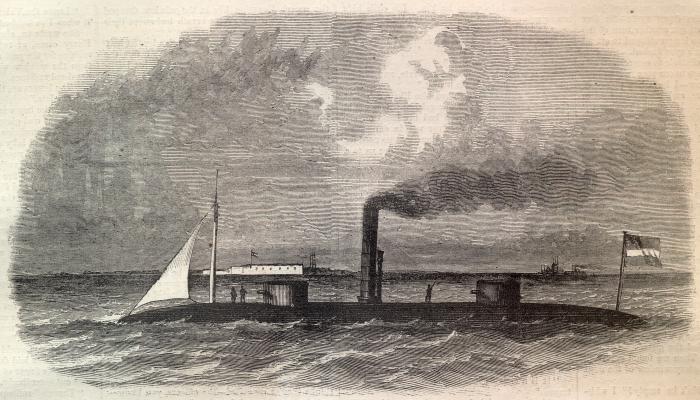 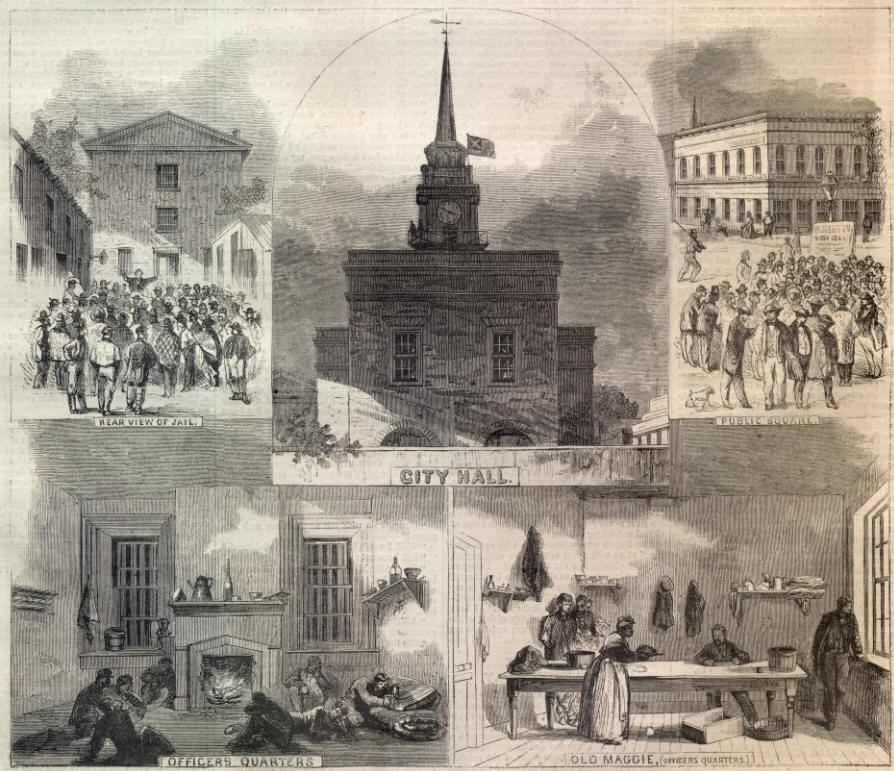 |
||||||||||||||||||||||
|
|
||
|
|
Site Copyright 2003-2018 Son of the South. For Questions or comments about this collection, contact paul@sonofthesouth.net |
|
|
Are you Scared and Confused? Read My Snake Story, a story of hope and encouragement, to help you face your fears. |
||
